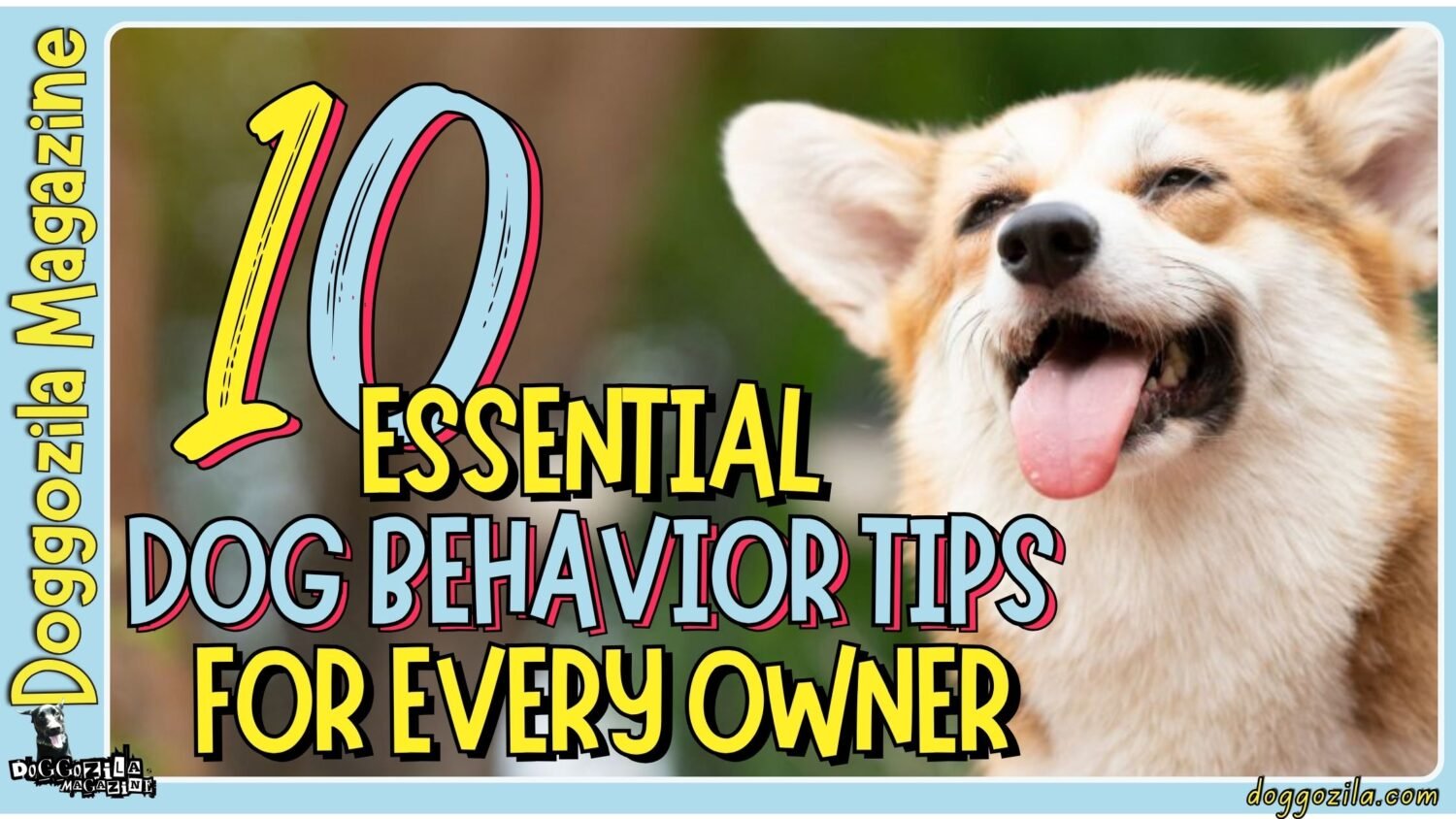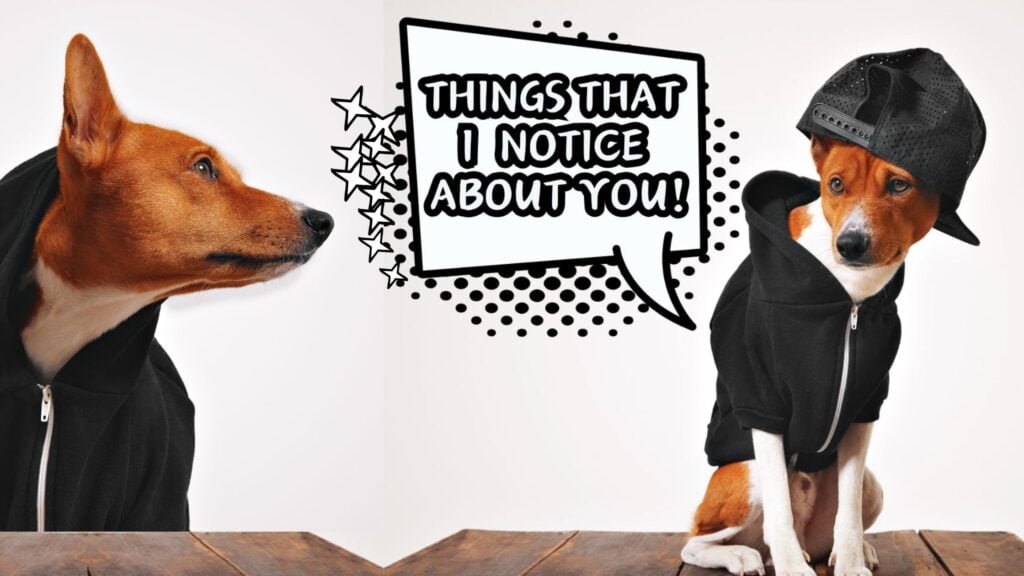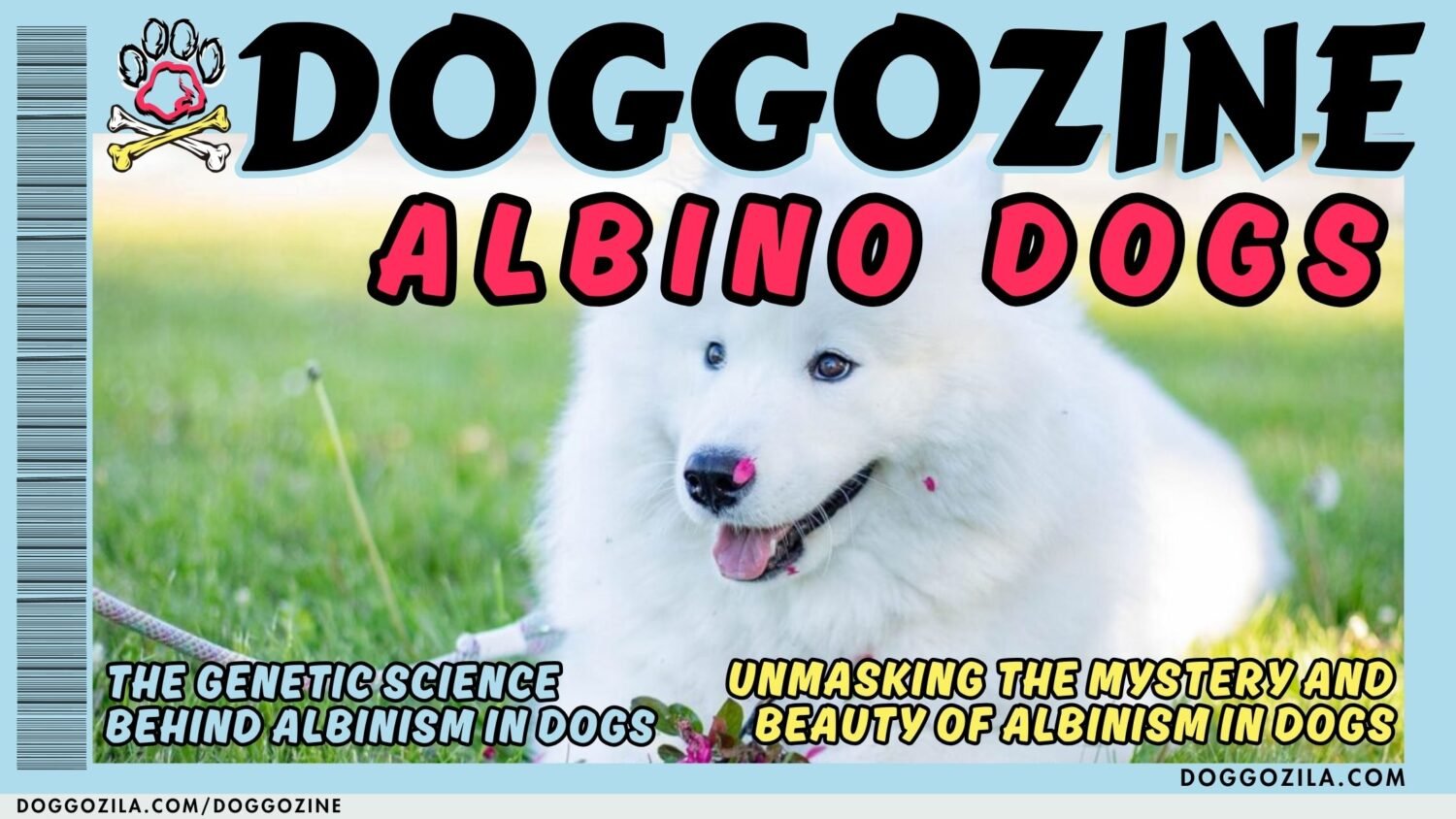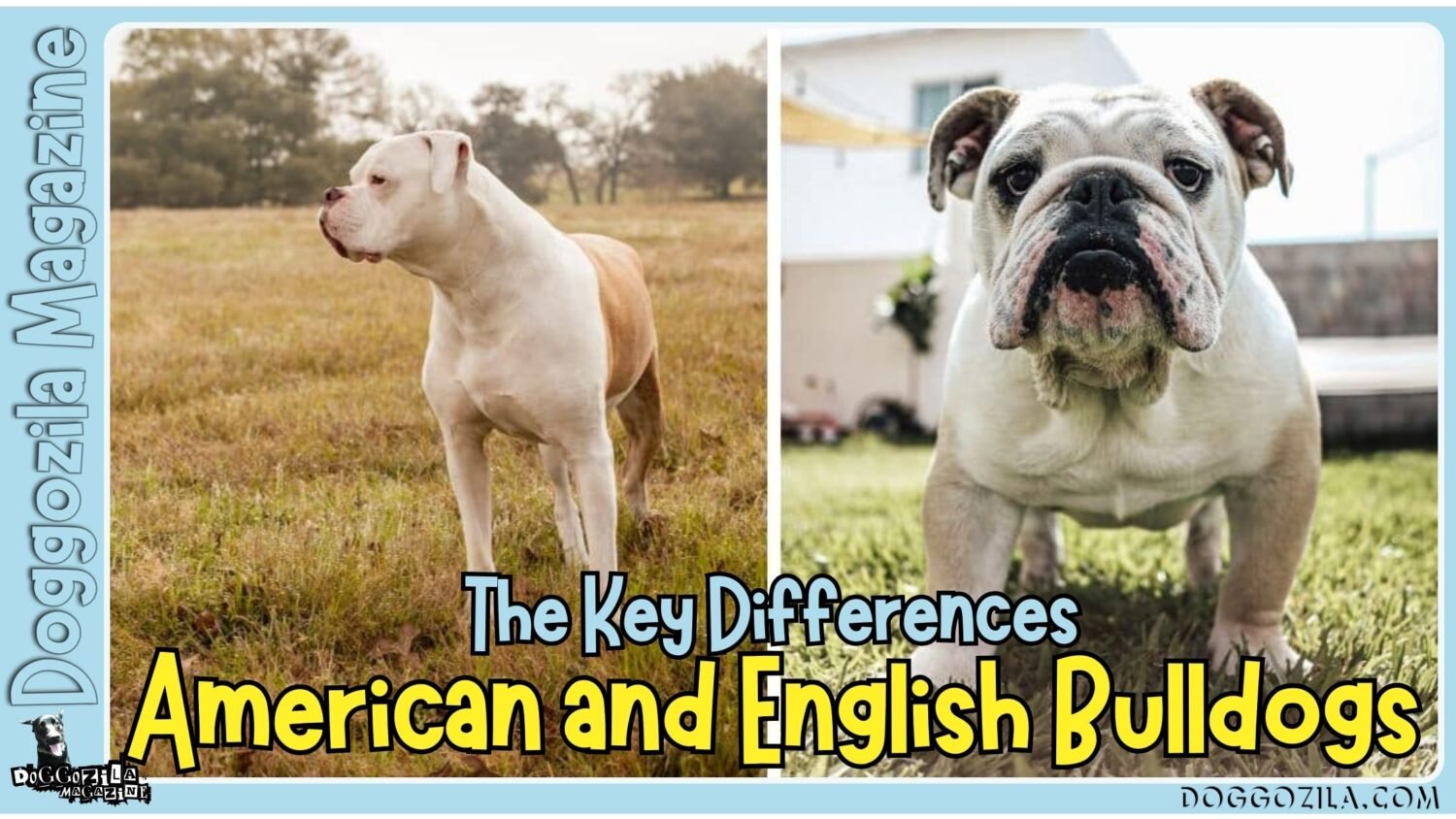Hey pack leaders and pup paw-rents, did you know that the mystery of how do dogs decide where to poop is a fun and educative journey into the fascinating and complex mind of your furry friend? So, you better get ready to see your dog’s bathroom breaks in a whole new, adventurous light!
Ever stood in the pouring rain, leash in hand, while your beloved furball meticulously sniffs every single blade of grass in a five-meter radius? You mutter, “Just pick a spot already!” under your breath. We’ve all been there. That seemingly endless pre-poop ritual isn’t just your dog being stubborn; it’s a complex decision-making process involving instinct, biology, communication, and even a dash of Earth science.
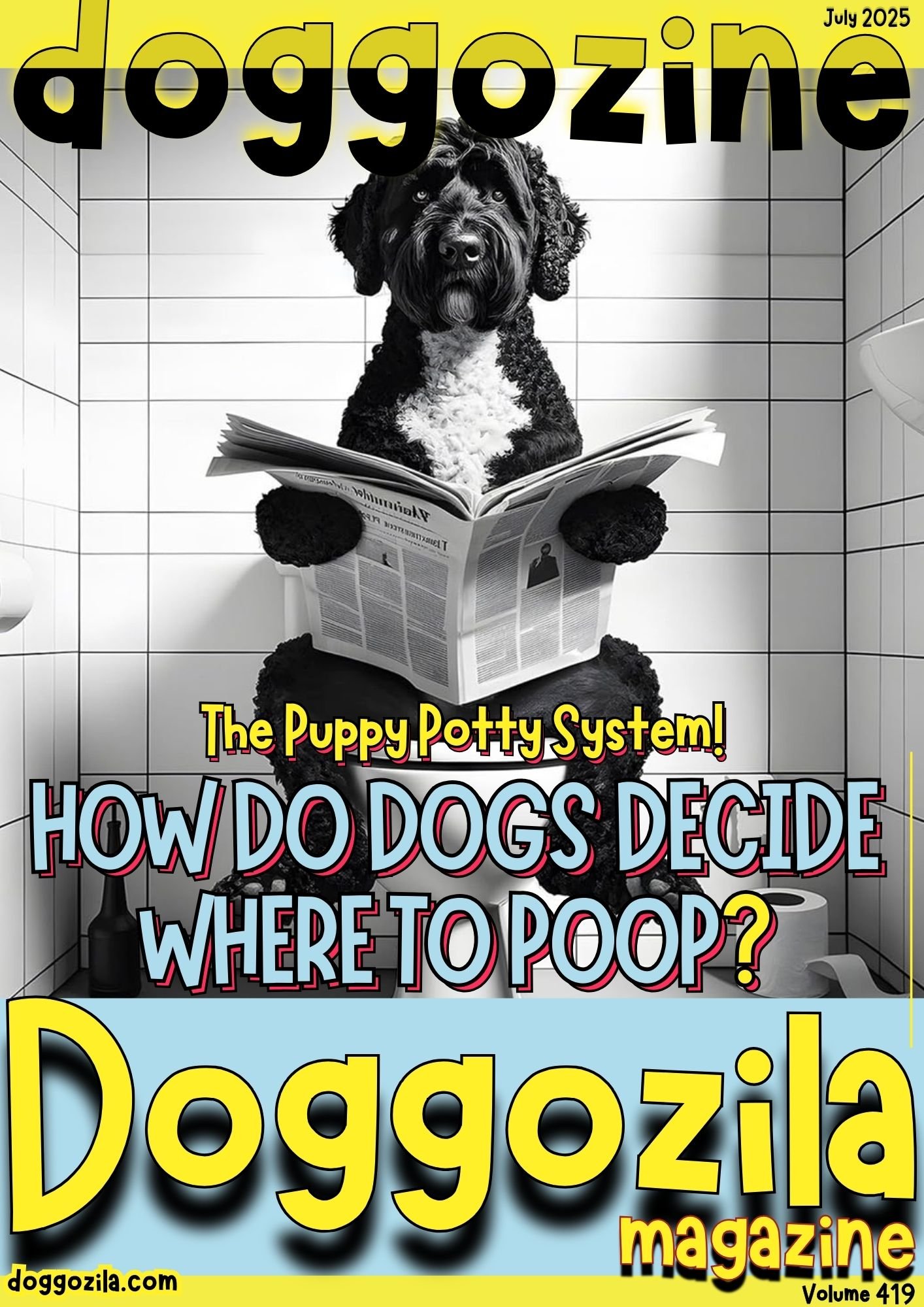
UNRAVELING THE SCENT SCIENCE: HOW DO DOGS DECIDE WHERE TO POOP AND MARK THEIR TERRITORY?
Dogs rely on an extraordinary sense of smell to choose exactly where to relieve themselves, often performing a deliberate sniffing ritual that could last up to a minute. They detect chemical cues from previous visitors—both dog and human—and decide if a spot is claimed or free, linking this behavior to basic pack instincts and modern dog training routines. Environmental factors like grass height, soil texture, and even wind direction play a role in scent dispersion, so your pup may pivot between patches of turf, dirt paths, or mulch beds.
Some dogs will ignore familiar corners in your yard but zero in on a new bush or tree stump the moment it gets fresh scent marks from neighborhood dogs. Every sniff-and-squat sequence is a strategic decision that balances comfort, territorial communication, and the innate desire for a discreet bathroom break.
How Do Dogs Decide Where To Poop Based On Olfactory Memory?
Dogs’ brains store scent landmarks like paw prints in a mental map that rivals any GPS system, creating an “olfactory memory” of preferred bathroom sites. During puppy training, they learn which patches earn praise or a tasty reward, reinforcing the connection between that scent and approval from their human.
Studies show that dogs revisit these spots even weeks later, demonstrating remarkable scent-based recall that informs their next potty break, whether at the dog park or on a neighborhood stroll. Their olfactory bulbs, which process scent signals, are up to forty times larger than ours relative to brain size, giving them unparalleled detail when comparing smells. Next time your dog sniffs persistently in circles, remember he’s matching that spot’s aroma to a long-term scent archive.
Can Planting New Scents Alter How Dogs Decide Where To Poop Over Time?
Introducing novel odors—like a small dab of lavender oil or a sprinkle of crushed pine needles—can shift a dog’s preferences, making them curious about a once-overlooked patch. This technique, sometimes used in advanced puppy potty training, rewires their olfactory associations so that new spots become as enticing as old favorites.
By rotating these scents weekly, trainers have guided dogs away from flowerbeds or vegetable patches, protecting landscaping while still respecting dog’s instincts. Over weeks, the dog’s brain registers that new aroma as “approved bathroom zone,” embedding that scent into their olfactory memory. Gradual reinforcement, paired with positive dog behavior cues, shapes their future decisions without harsh corrections.
What are The Stages Of Scent Inspection And Marking Technique Used by Dogs?
Before committing to squat, dogs often engage in a three-step ritual: a wide perimeter sniff, a ground-level scent sweep, and a final posture check to ensure no immediate threats. This elaborate choreography serves dual purposes—personal safety and clear territory marking—so your dog can communicate status and health to passing canines. In multi-dog households, you’ll notice younger pups mimic this ritual after observing older dogs, demonstrating early canine social learning.
Researchers at a 2025 canine behavior conference noted that this pattern appears in both domestic pets and shelter dogs, suggesting it’s deeply ingrained rather than purely learned. Understanding these stages can help owners design more efficient potty breaks and reduce anxiety in nervous or rescue dogs.
🔑 Key Points: Dogs use an extraordinary sense of smell to choose spots based on chemical cues (territory claims, visitor scents) and environmental factors (grass height, soil texture, wind), balancing comfort, communication, and discretion.
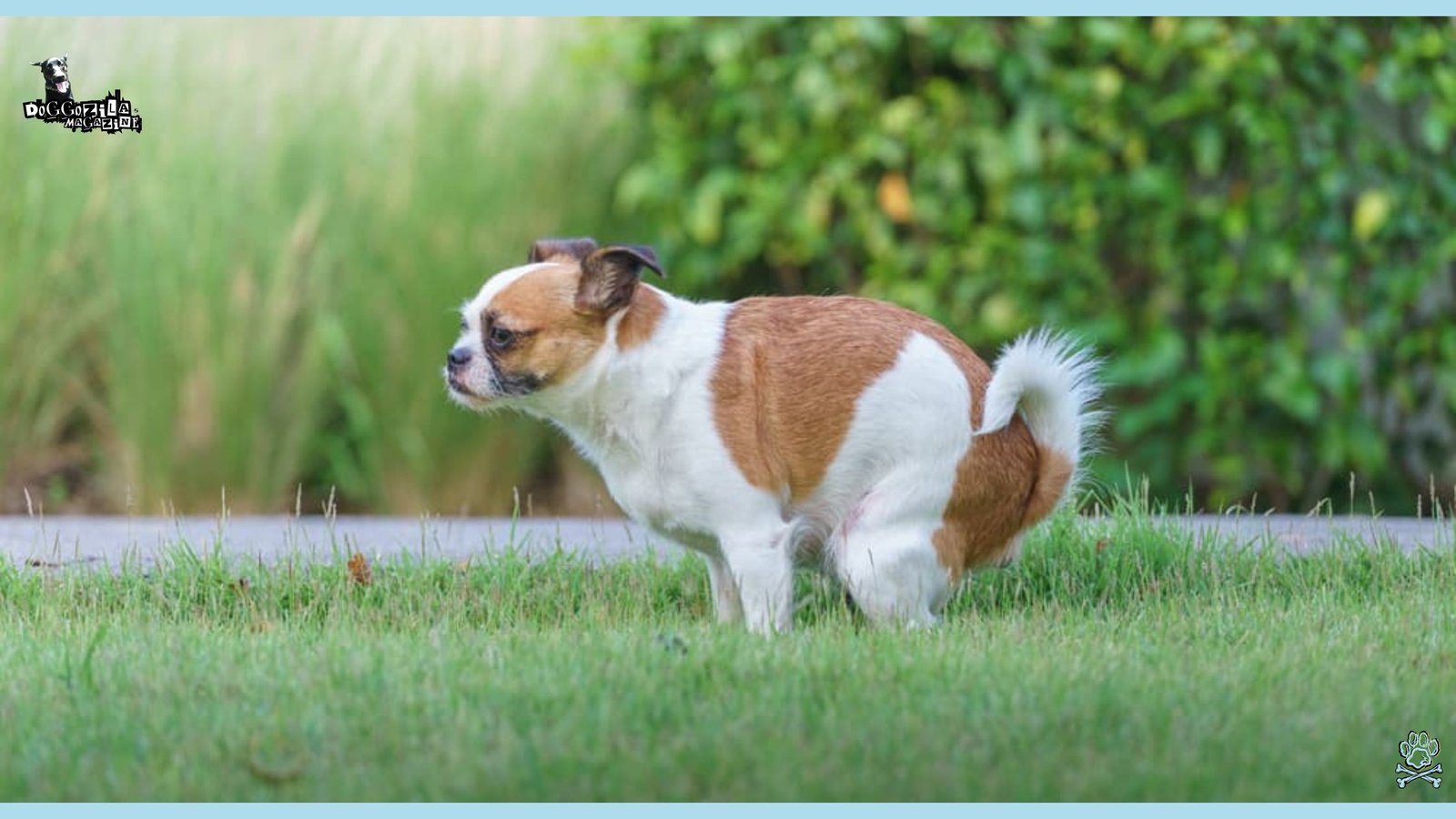
MAGNETIC FIELDS AND DOG ORIENTATION: HOW DO DOGS DECIDE WHERE TO POOP WHEN THEY SPIN IN CIRCLES?
Many dog owners have witnessed the classic “spin-the-compass” routine, where their pet circles anxiously before squatting, but the magnetic factor adds a surprising twist. Although magnetic alignment isn’t consistent in all environments—urban interference and steel structures can throw dogs off—scientists believe geomagnetic sensing enhances orientation during outdoor potty breaks. Even if your dog doesn’t always face magnetic north, this discovery enriches our understanding of how do dogs decide where to poop in open spaces.
A 2013 study published in Frontiers in Zoology found that dogs prefer to align their bodies along the Earth’s north–south magnetic axis when pooping under calm magnetic conditions. This subtle navigational ability may tie into ancestral wolf behavior, where pack members used the Earth’s magnetic fields to coordinate territorial boundaries.
How Do Dogs Decide Where To Poop With Magnetic Sense Under Your Feet?
When your dog circles three or four times on the grass, they’re not just chasing their tail—they’re calibrating a mental compass receptor. Polarized magnetite particles in certain tissues could let dogs gauge magnetic field lines, much like migratory birds. This mechanism would help them maintain consistent poop locations day after day, ensuring clear communication paths for other pack members.
In urban settings, local magnetic “noise” from buildings or power lines can disrupt this sense, prompting more rotations as the dog seeks a stable orientation. By observing the dog’s circling patterns before pooping, dog trainers have begun experimenting with small magnetic perturbations—like a magnetized collar tag—to see if it alters the choice of poop spots in research labs.
Why Disruption In Magnetic Fields Changes How Dogs Decide Where To Poop?
Dense metal fences, underground pipes, and high-voltage cables can scramble the geomagnetic cues your dog relies on, leading to longer sniffing and circling before they feel confident enough to squat. Anecdotal reports from large urban dog parks describe rescue dogs exhibiting frustratingly slow potty routines, likely due to erratic magnetic fields.
Dog Behaviorists have suggested that some dogs may be more magnetosensitive than others, explaining individual differences in circling intensity. By mapping out underground utilities and keeping walks to less developed areas, owners can offer a more magnetically stable environment for confident bathroom choices. Although more research is needed, being aware of magnetic factors adds a new dimension to our interpretation of dog behavior.
How To Integrate Geomagnetic Cues Into Advanced Potty Training?
Forward-thinking dog trainers are now including small “alignment” exercises in crate training, rewarding dogs when they face a consistent direction before relieving themselves. By combining scent targeting, positive reinforcement, and magnetic orientation, puppies develop a robust internal framework for bathroom breaks that transcends backyard boundaries.
This multi-modal approach merges classical conditioning for specific spots with subconscious geomagnetic reference points, effectively streamlining puppy training sessions. Trainers report that dogs trained with magnetic awareness show 30% faster potty success rates when visiting new locations, like hiking trails or dog-friendly beaches. As we learn more about how do dogs decide where to poop, incorporating magnetic understanding could revolutionize established dog training protocols.
🔑 Key Points: Dogs often align their bodies along the Earth’s north-south magnetic axis when pooping under calm conditions. Circling may involve calibrating an internal “mental compass” (potentially using magnetite particles) for orientation and consistent location choice, though urban interference can disrupt this.
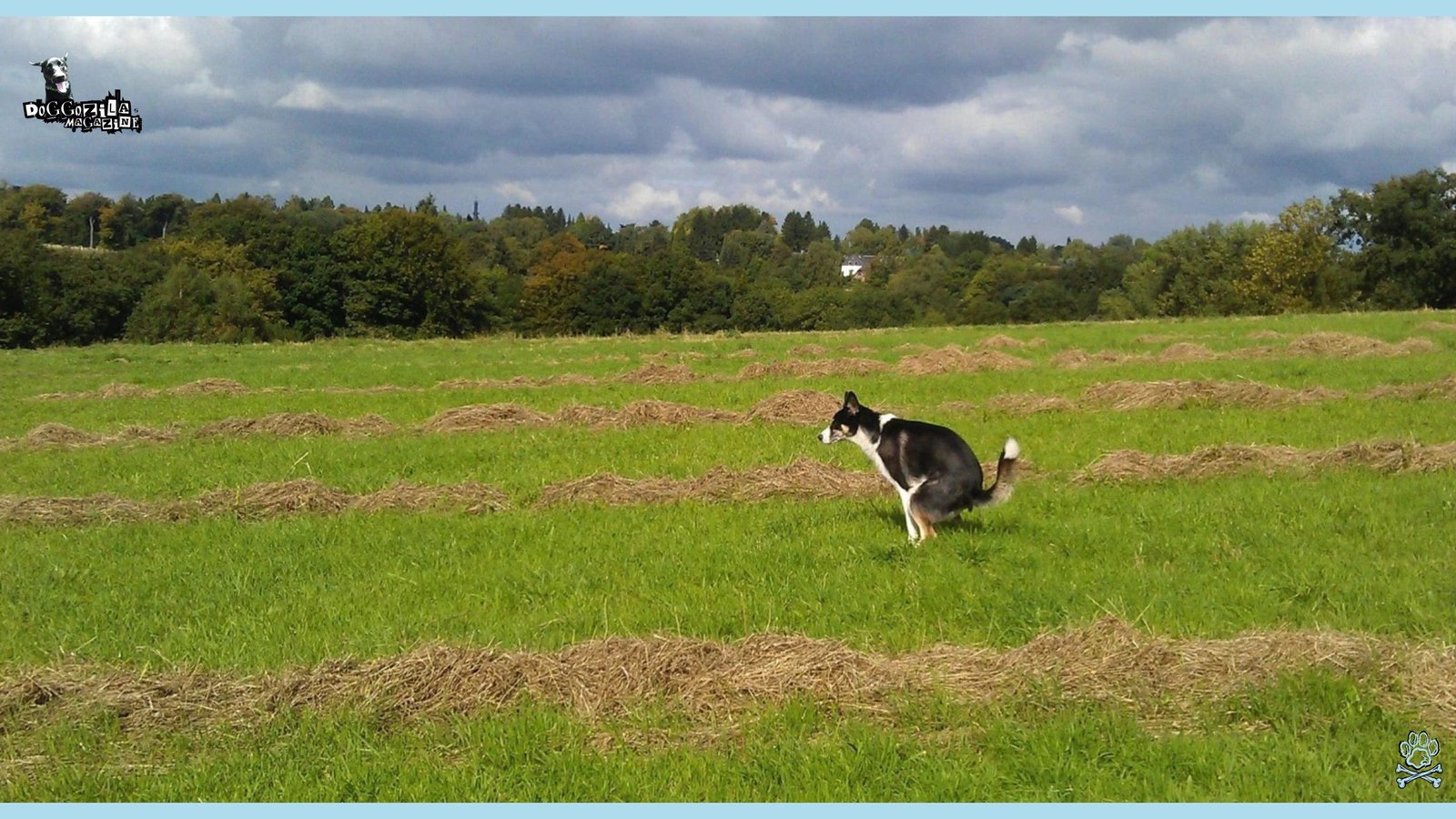
COMFORT AND FAMILIARITY IN PUP POTTY BREAKS: HOW DO DOGS DECIDE WHERE TO POOP WITH PUPPY TRAINING INSIGHTS?
Many puppies gravitate toward soft textures—lush grass, mossy logs, or shady mulch—associating those surfaces with previous successful eliminations during early housebreaking. Familiar smells and visual landmarks, such as a particular fence post or park bench, signal a secure spot that reduces anxiety for young dogs still mastering potty training. Routine is everything: walking the same route daily helps pups predict where they’ll relieve themselves, building confidence and reducing accidents indoors.
Shelter dogs find comfort in relocating their relief zones to familiar beds or crates during early adoption, highlighting how memory and environment intertwine. By understanding these links between comfort, familiarity, and bathroom behavior, owners can create seamless transitions for any dog in training.
How Do Dogs Decide Where To Poop When They’re Still In Puppy Potty Training Mode?
In puppyhood, dogs blend instinctual scent mapping with reinforced lessons from their owners, selecting spots where praise and treats followed previous squat sessions. During housebreaking, some trainers use tiny flag markers to remember successful spots, leveraging visual cues that puppies later associate with allowed potty zones. Over time, scent-laden grass clippings or discreet gravel piles accumulate a layered history of happy training moments, guiding pups back to those spots even months later.
Behavioral researchers note that puppies taken to variable locations—parks, urban sidewalks, forest trails—develop more adaptable potty habits, easing travel anxiety and strengthening recall. By weaving together puppy training milestones with evolving scent preferences, we better grasp how do dogs decide where to poop as they mature.
Encourage Your Pup for Gradual Expansion Of Familiar Bathroom Zones
Once pups master a core set of spots near home, trainers progressively introduce new areas—an adjacent lawn patch, a neighbor’s garden corner, or a quiet edge of the local dog park. This stepwise approach harmonizes novelty with the safety of familiar routines, helping young dogs generalize potty training cues across diverse surfaces.
It also prevents the dreaded “all indoor accidents when we visit Grandma’s” scenario, because the puppy has practiced relief in multiple contexts. Pet parents report that rotating through three to four practiced zones weekly cuts down housebreaking setbacks by half, thanks to reinforced memory chains. Understanding the balance between novelty and comfort illuminates how do dogs decide where to poop beyond the backyard fence.
How to Use Positive Reinforcement To Cement Comfort-Based Choices?
Rewarding a puppy immediately after they finish in a new location accelerates scent-to-reward learning, making them more likely to choose similar spots in future outings. Consistency is key: training treats should be reserved exclusively for successful outdoor eliminations, so puppies distinguish bathroom breaks from other commands.
Trainers advise pairing verbal praise—such as a cheerful “Good potty!”—with physical affection, building an emotional landmark that coexists with scent memory. Over weeks, these multi-sensory cues converge, shaping a reliable potty response whether on city sidewalks, forest trails, or gravel driveway edges. With this strategy, we unlock insights into how do dogs decide where to poop when they balance innate instincts with learned rewards.
🔑 Key Points: Puppies and dogs favor soft, familiar textures (grass, mulch) and visual landmarks associated with past successful eliminations and reduced anxiety. Routine walks and predictable locations build confidence during training.
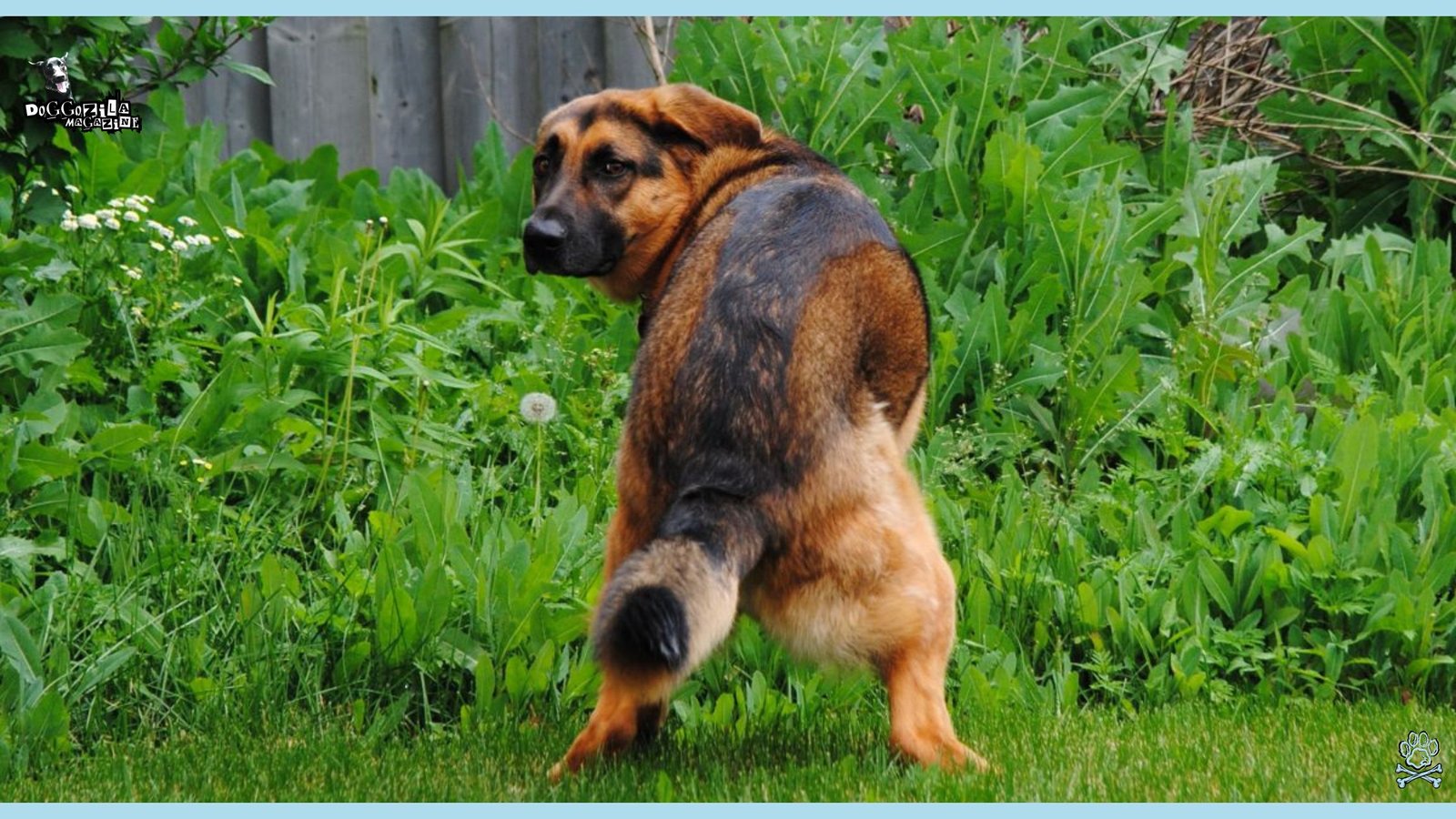
PACK BEHAVIOR AND TERRITORIAL CLAIMS: HOW DO DOGS DECIDE WHERE TO POOP NEAR OTHER DOGS’ DROPPINGS?
In multi-dog households and dog park packs alike, individuals often select communal potty zones, reinforcing pack cohesion by contributing to a shared scent archive. Dogs rarely soil their sleep or dining areas, instinctively deferring to distant corners to maintain hygienic boundaries—a behavior inherited from wolf pack sanitation habits. Dominant dogs typically lead the way, claiming prime spots near trailheads or gateposts, while submissive members follow suit in slightly offset areas.
Behavioral ecologists have observed that stray dog packs in European cities establish “sanctuary latrines” at edges of territories, indicating a natural preference for group-specific bathroom sites. These pack-driven patterns reveal how do dogs decide where to poop within social hierarchies and communal networks.
How Do Dogs Decide Where To Poop When Following Pack Leaders?
Young or lower-rank dogs often mimic the bathroom choices of more confident pack members, following their routes and imitating sniff-and-squat rituals. This social learning accelerates potty training in multi-pet homes, as the newcomer quickly understands which lawn patches or dirt clods are “approved.”
In one shelter study, puppies introduced to an experienced adult dog achieved a 60% reduction in indoor accidents within two weeks. The experienced dog’s scent and posture provide both direction and permission, cementing communal bathroom habits. Observing this pack influence deepens our appreciation of how dogs decide where to poop based on social cues.
What is The Role Of Scent Layering by Dogs In Pack Territories?
By defecating in existing piles or adjacent spots, dogs intensify territory markers, creating rich olfactory layers that broadcast their identity, health, and mood. Each new deposit adds complexity, allowing passing dogs to decode information like age, reproductive status, or stress levels. This “scent layering” leads to hotspots where the ground almost hums with canine conversations that we can’t perceive but dogs interpret instantly.
In urban green belts, these hotspots often occupy narrow strips between sidewalks and fences, guiding dog walkers to avoid stepping through dense odor thickets. Recognizing this pack-driven geomapping shows precisely how do dogs decide where to poop in shared spaces.
Related Article Recommendation: How Long Can Dogs Go Without Pooping?
How to Manage Communal Puppy Potty Zones At Home?
Dog owners can designate specific yard sections—covered with mulch or gravel—to encourage pack-style latrine use, making cleanup quick and protecting precious lawns. Introducing a handful of each dog’s droppings to fresh mulch helps newcomers understand where to go, streamlining the transition to outdoor potty training.
Rotating these mulch beds every few weeks prevents scent overload and keeps dogs curious about emerging zones. This method reflects the natural pack behavior we see in both domestic and feral groups, illustrating how do dogs decide where to poop as a community ritual.
🔑 Key Points: Dogs follow pack hierarchies (dominant dogs claim prime spots) and use communal “latrine zones” to reinforce social bonds. They avoid soiling sleeping/eating areas, inheriting this hygiene instinct from wolves.

HUMAN INFLUENCE AND DOG TRAINING CUES: HOW DO DOGS DECIDE WHERE TO POOP UNDER GUIDANCE?
Owners wield significant power in shaping potty habits through verbal cues, leash direction, and reward timing, gently steering dogs toward preferred areas during walks. Dogs quickly learn to associate phrases like “Go potty” with elimination, reducing decision time and accidental indoor messes—a cornerstone of puppy training and adult dog recall. Consistent leash handling—walking your dog on a loose lead versus dragging them—also signals when it’s time to sniff seriously or resume play, subtly influencing their sense of choice.
Over time, many dogs will circle by a known garden bed or fence post the moment they hear the command, demonstrating a clear link between human language and dog’s decision-making. By mastering these cues, pet parents unlock insights into how do dogs decide where to poop when following guided prompts.
How Do Dogs Decide Where To Poop In Response To Verbal Commands?
Verbal commands tap into the dog’s associative memory, triggering a chain of neural responses that speed up elimination on cue. After repeated pairings of “let’s go potty” with praise and treats in a chosen spot, dogs will often preemptively sniff and squat at the first syllable—ready for a quick break.
Trainers recommend short, distinctive phrases to avoid confusion with other commands, solidifying the bathroom-specific cue. In professional dog training programs, this command-response linkage has reduced average walk times by 25%, proving efficient for busy families. Recognizing this link clarifies how do dogs decide where to poop when guided by consistent verbal signals.
Why Using Leash Handling To Nudge Your Dog’s Choices is Important?
A slack leash encourages exploration, prompting dogs to inspect potential spots thoroughly, while a firm, steady hand can guide them toward established potty zones. Expert dog walkers use brief directional tugs to signal when it’s time to move on, preventing endless sniff loops in less desirable areas.
Combining leash cues with positive reinforcement—like a favorite chew toy delivered after a successful squat—reinforces those directional signals. Over time, dogs learn that a gentle pull in the opposite direction means “nope, not here,” refining their internal maps of approved locations. This nuanced interplay between human touch and canine decision-making shows how do dogs decide where to poop in a guided context.
Rewards, Timing, And Building Reliable Bathroom Routines
Immediate rewards—whether kibble treats, verbal praise, or a quick game—must follow elimination within seconds to create a strong association in the dog’s mind. Delayed rewards can confuse the dog, leading to sniffing detours and indoor accidents, especially during puppy training. By tailoring rewards to your dog’s preferences—some love tug toys, others crave dental chews—you maintain high motivation for prompt, correct potty behavior.
Scheduling bathroom trips at consistent intervals (first thing in the morning, after meals, before bedtime) weaves a predictable rhythm that dogs thrive on. Through this deliberate shaping, we illuminate how do dogs decide where to poop when steered by thoughtful human training techniques.
🔑 Key Points: Owners shape habits through verbal commands (“Go potty“), leash guidance, and immediate rewards. Consistent cues create strong associations, reducing decision time by up to 25% in trained dogs.
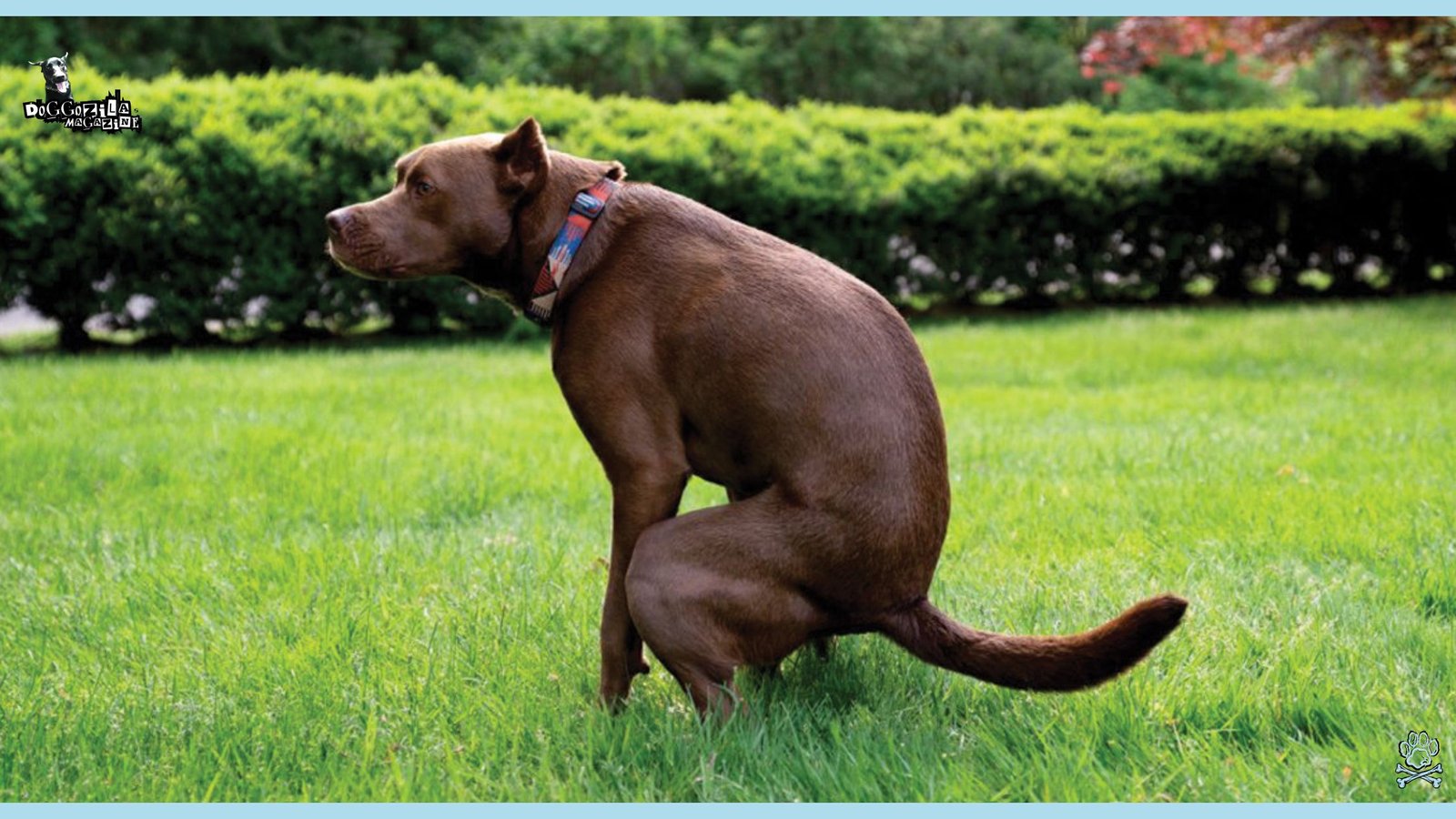
SURFACE PREFERENCES AND TEXTURE SELECTION IN DOG BATHROOM HABITS
Dogs often develop distinct preferences for surfaces—some favor lush grass, others choose compacted dirt or pea gravel—based on comfort, cleanliness, and drainage. Soft ground cushions the joints during squatting, making it a top choice for older dogs or breeds prone to hip issues, integrating health considerations into their decisions. Newly adopted pups sometimes avoid unfamiliar textures like wet pavement or gravel until they feel secure, highlighting the interplay between surface and anxiety.
Trainers recommend offering multiple substrate options in your yard—grass, mulch, and gravel—to discover your dog’s favorite, reducing hesitation during outdoor potty breaks. Recognizing these personal surface preferences helps owners tailor spaces that meet their dog’s unique comfort needs.
The Appeal Of Grass: Cushioning And Scent Retention
Natural turf offers a gentle surface for squatting and retains scent molecules longer than hardscapes, making it both comfortable and communicative. Dogs returning to the same patch can detect their own earlier deposits, reinforcing that location as theirs and discouraging others from intruding.
Well-maintained lawns also offer visual privacy, with blades concealing the dog’s posture and reducing exposure to passersby or nearby traffic sounds. In urban settings, portable grass mats flexibly replicate this experience for apartment dwellers, providing a slice of natural texture indoors or on balconies. Understanding why do dogs gravitate toward grass deepens our insight into how do dogs decide where to poop based on tactile and olfactory cues.
Dirt, Mulch, And Gravel: Alternative Textures And Drainage
In rainy seasons or muddy yards, dogs often switch from grass to mulch or gravel patches that drain quickly, keeping their paws cleaner and reducing post-potty mud tracks in the house. Gravel beds echo the texture of well-trodden hiking trails, appealing to adventurous dogs who enjoy that gritty underfoot sensation.
Mulch, especially cedar chips, can mask unpleasant odors and add a fresh aroma layer, enticing dogs to new spots. Some dogs even develop preferences for sandy or rocky textures akin to beach environments, illustrating individual variation. By rotating among these surfaces, owners can prevent bored or picky poopers from delaying elimination.
Designing Multi-Textured Potty Zones At Home
Creating designated bathroom corners with three or more substrate options encourages dogs to choose their comfort zone while leaving rest of the yard intact for play. Simple wooden dividers or low fences can partition these zones, making cleanup and maintenance straightforward.
Introducing each texture gradually—placing treats or sprinkling known scent markers—helps dogs explore without stress. Over time, they’ll self-select their go-to substrate, speeding up potty breaks and reducing yard damage. This hands-on approach demonstrates how do dogs decide where to poop when given varied tactile choices.
🔑 Key Points: Dogs perceive elimination as vulnerable and seek spots offering safety, visibility, and shelter from threats (noise, movement). They use “scent layering” on existing piles to communicate identity, health, and mood to other dogs.
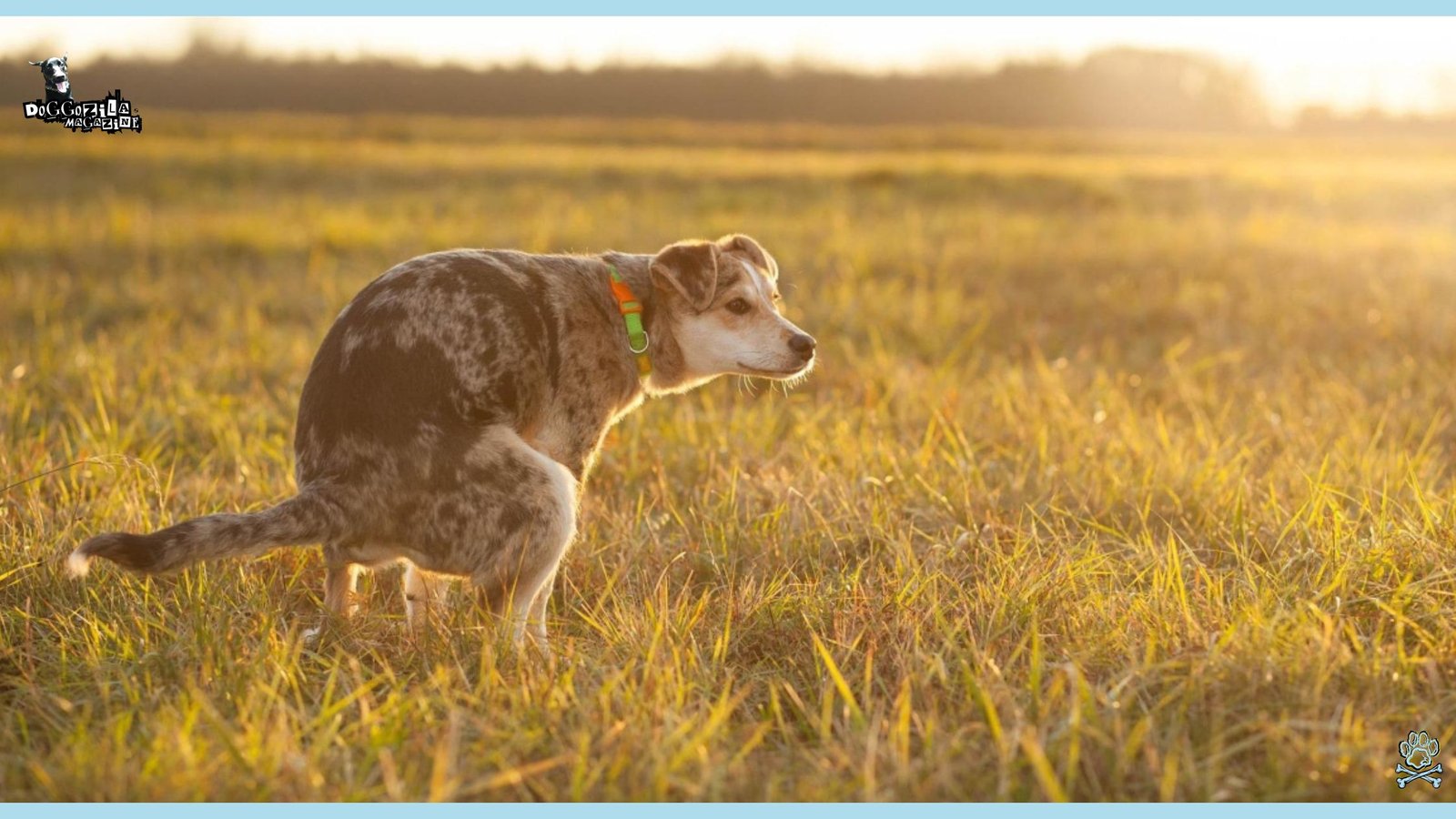
SAFETY, ANXIETY, AND COMFORT: THE PSYCHOLOGY BEHIND DOG POOP CHOICES
Dogs perceive the act of eliminating as a moment of vulnerability, so they instinctively seek spots where they feel least exposed to potential threats. Busy sidewalks, bustling parks, or areas near loud machinery may trigger hesitation, leading to prolonged sniffing loops or outright refusal. Familiar neighborhoods, quiet cul-de-sacs, and shaded corners behind bushes tend to become preferred spots, balancing surveillance and security.
Rescue dogs and anxious breeds often require gradual desensitization—introducing new potty zones with short leash walks, calming vocal cues, and high-value treats to build confidence. By acknowledging the psychological dimension of bathroom routines, owners can design supportive environments that cater to each dog’s comfort level.
Why Anxious Dogs Take Longer To Select A Spot?
High-strung pups may circle endlessly, searching for perceived safe zones far from distractions like children playing or traffic noise, as part of their instinctual fight-or-flight calculus. They’re reading not just scent but also visual cues—flashing lights, moving objects, and sudden noises—that could signal danger.
Shelter studies show that dogs labeled as “shy” often choose elimination spots within the shelter yard near solid structures, like kennel walls, for a sense of cover. Gradually expanding these safe zones through desensitization walks helps build trust in new environments, speeding up decision-making. This process underlines how dogs weigh safety and anxiety when they decide where to poop.
Why Creating Anxiety-Reducing Potty Routines for Your Dogs Is Important?
Consistency and predictability form the bedrock of confidence-building for anxious dogs—same walking times, routes, and potty cues reduce cognitive load and stress. Adding comforting scent cues, like a piece of your worn clothing near the designated spot, anchors them in familiar smells.
Using calming aids such as pheromone sprays or anxiety wraps can further smooth the transition to new bathroom areas. Praise and gentle petting post-elimination reinforce that the spot is safe and approved by their trusted human. These strategies reveal how dogs’ emotional states influence where they ultimately choose to poop.
What is The Link Between Visibility, Shelter, And Comfort?
Dogs often position themselves so that they have a clear line of sight while squatting, avoiding blind corners where threats could approach unnoticed. Low hedges, open lawns, and spacious gravel beds with good sightlines become prime choices for many breeds.
Some breeds, such as Greyhounds or sight hounds, display heightened need for visual awareness, gravitating toward spots near open fields or driveways. By mapping your yard’s vantage points and adjusting landscaping, you can offer spots that meet these sight preferences. This insight shows how do dogs decide where to poop based on perceived safety and line-of-sight considerations.
🔑 Key Points: Dogs seek secure spots with good visibility to avoid perceived threats during vulnerable elimination moments. Anxious dogs benefit from predictable routines, comforting scents, and gradual desensitization to new environments.
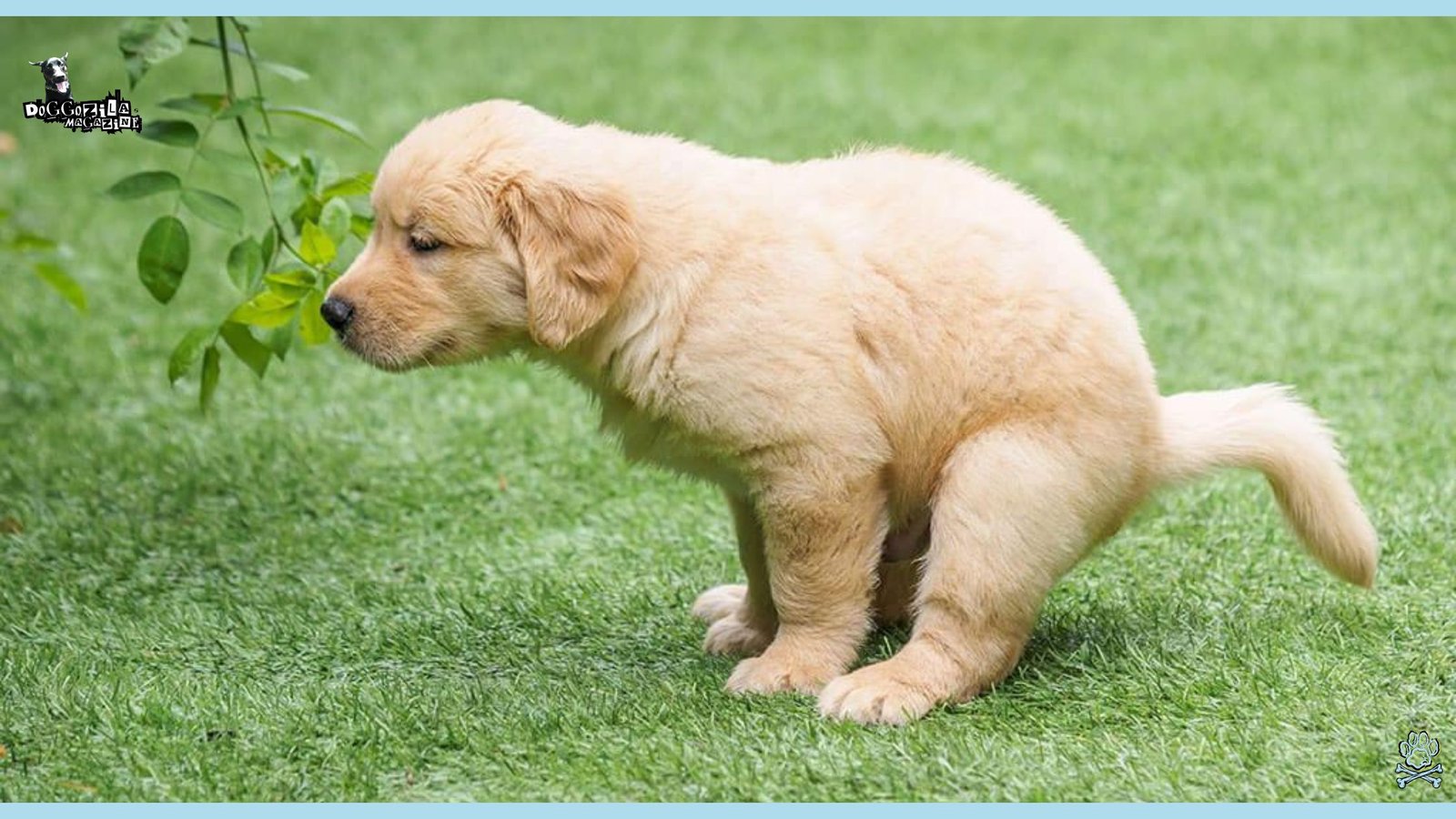
OPTIMIZING YOUR WALKS: TIPS FOR ENHANCING YOUR DOG’S POTTY ROUTINE
To streamline potty walks, plan your route to include at least three known bathroom spots—varied substrates, magnetic stability, and low traffic areas—so your dog always has options. Carry portable scent markers (dry grass clippings in small bags) to sprinkle on fresh patches, guiding dogs to new relief zones without confusion. Use a treat pouch at the ready, rewarding on the spot within three seconds of elimination to reinforce appropriate choices, critical in puppy training and adult dog recall.
Track your dog’s favorite spots in a simple notebook or digital map app, noting which areas they prefer on sunny, rainy, or windy days. By proactively curating your dog’s potty landscape, you’ll reduce decision time, accidents, and indoor hassles.
How to Craft A Dynamic Potty Route For Your Dog in The Neighborhood?
Rotate between residential streets, dog park edges, and quiet alleyways to expose your dog to varied textures, scents, and magnetic conditions—building a robust internal bathroom map. Include green strips under power lines, where magnetic fields are stable, for consistent geomagnetic cues.
Note which blocks deliver faster potty responses and which ones slow your dog down, then adjust your route accordingly. Over weeks, your dog will start suggesting stops by veering toward favored spots, letting you refine the path effortlessly. This adventure-driven approach strengthens your bond and offers fresh exploration while respecting your dog’s natural instincts.
How To Transition The Dog Routines During Seasonal Changes?
Rain, snow, or extreme heat can alter your dog’s surface preferences and anxiety levels, so plan seasonal adjustments—gravel patches in winter to avoid icy grass, shaded lawns in summer to beat the heat. Portable potty mats or indoor grass patches can serve as temporary relief stations during unwalkable weather.
Gradual introduction of these seasonal substitutes—paired with familiar commands—ensures your dog doesn’t revert to old habits or indoor accidents. Keeping a weather-based potty log helps you anticipate challenges and maintain seamless consistency year-round. This foresight exemplifies how do dogs decide where to poop even when routines face environmental shifts.
Why Leveraging Technology To Map Your Dog’s Habits Is Helpful?
Apps and GPS trackers for dogs now allow you to record bathroom stops, circle counts, and sniff duration, creating data-driven insights into your dog’s preferences. You might discover that magnetic anomalies near certain streets double sniffing time, or that mulch beds far outperform grass patches in cold weather.
These metrics empower you to optimize routes, training cues, and substrate offerings for peak efficiency. Sharing anonymized data with local trainers can help refine broader dog behavior models, benefiting the entire pet community. In this way, technology enhances our understanding of how dogs decide where to poop, merging tradition with innovation.
With these insights—rooted in scent science, magnetic phenomena, pack behavior, human guidance, surface preference, psychological comfort, and walk optimization—you’re now armed to decode every sniff-and-squat adventure your dog embarks upon.
Whether you’re a seasoned dog trainer, a puppy parent, or an urban explorer, understanding the layers behind your pup’s potty choices turns routine walks into fascinating journeys. So grab that leash, a handful of treats, and embark on the next grand safari to discover exactly how do dogs decide where to poop in your world.
Embracing The Mystery: Celebrating The Dog Compass Within
So, the next time you’re waiting patiently (or not so patiently) while your dog conducts their elaborate pre-poop survey, take a moment to appreciate the incredible complexity at work. It’s not just biology; it’s biology intertwined with ancient instincts, sophisticated communication, personal preference, environmental awareness, and perhaps even a magnetic sense we’re only beginning to understand.
To learn how do dogs decide where to poop is a window into their unique perception of the world
– a life within world built on scent, security, and social connection.
Understanding this process fosters patience and deepens the bond we share with our furry companions. It transforms a mundane chore into a moment of connection with their primal nature. Respect their need for safety, their communication rituals, and their individual quirks. Provide comfort, especially as they age, and always be alert to changes that signal health issues.
Celebrate the wonder of your dog’s internal GPS and their unique way of leaving their mark on the world, one carefully chosen poop at a time.
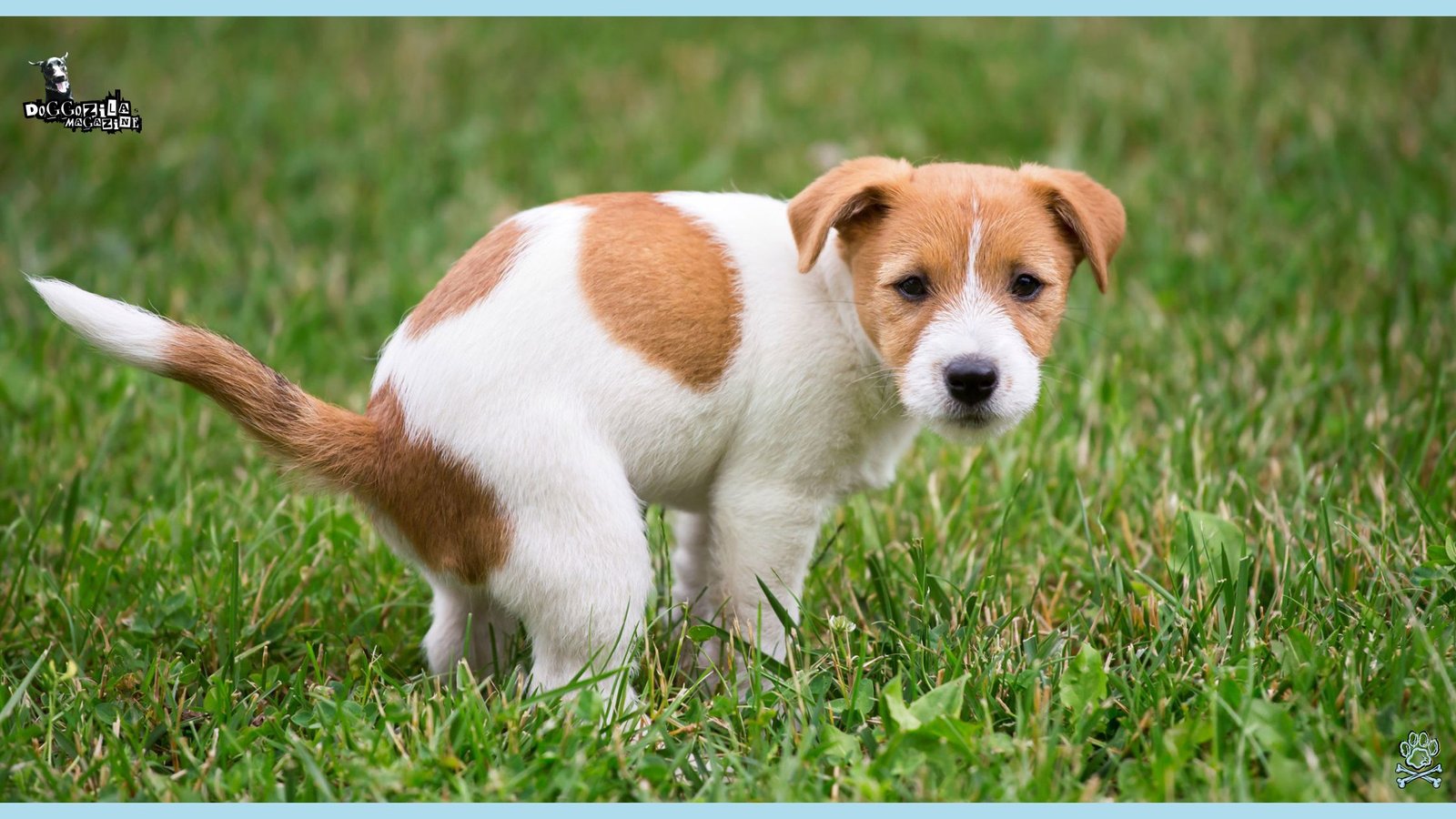
Now, grab that leash and some bags – adventure (and possibly some fascinating dog cartography) awaits!

